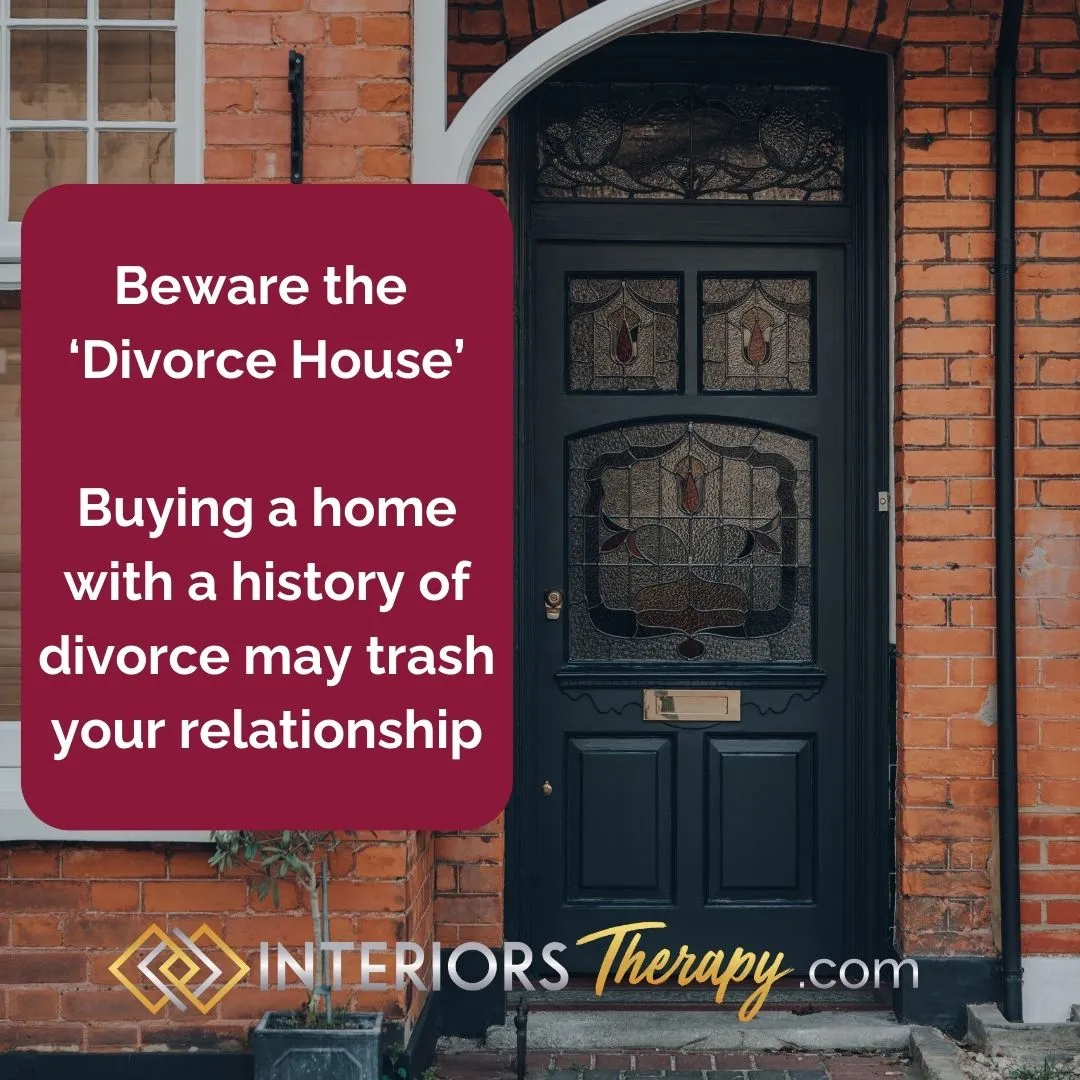What estate agents don't tell you ... (and I do!)

I work with clients who are ‘Ready to Sell’ their homes. Usually, I’m called in after their property has been languishing on the market for a considerable length of time with little or no interest.
If a house hasn’t caught the imagination within the first month of going on sale, something is deterring potential purchasers. In reality, if people aren’t even booking viewings, it has to be related to the way the house is being marketed and how it comes across in the online listing.
But is that just down to the Estate Agent?
No of course not! It’s your job to present the property so it’s irresistible to a potential purchaser. The role of the estate agency is purely to promote the sale for you.
It’s a dog eat dog world in property selling… if a client is assessing which agency they are going to use, an agent will want to schmooze them – say their home is immensely marketable, perhaps that they have people ‘on their books’ waiting to buy.
You can be reasonably sure they won’t be blunt about telling you to shift years of clutter, empty cupboards and make your home look welcoming to your viewers – certainly not before you sign the contract! The fact is, most people don’t want to be told their home is less than satisfactory, and if an agent was confident enough to say something, the client could take their business elsewhere.
But perhaps they should say something!
One agent said “When I value a house, I’m not going to tell them, “Tidy up, clear all this junk, your home looks horrible” because I’m there to attract their business. Sellers think it’s down to the agency to do all the work – but if the place looks messy, small or cluttered it gives a poor impression of the property and people won’t waste their time viewing.”
And that’s the crux of the matter isn’t it? Despite the uncertainty over post-Brexit and pandemic Britain, people are still buying houses. Families want larger homes or school catchment areas. Older people are interested in downsizing and despite the best endeavours of our Government and media to wreck the economy, the houses which stand out in a crowded market, are still selling – and quickly!
So when I walk into a house which has been stagnating for a while, I’m looking at it from the perspective of the viewer – what do they see? How does it make them feel?
I’m not going to sugar-coat what can be a very bitter pill to swallow.
If your house is full of mismatched furniture, built in cupboards rammed with stuff, an overflowing airing cupboard and no space to breathe, I’m going to tell you. There will be no pussy-footing about, no hiding the facts or pretending your house looks OK, when frankly it doesn’t.
Yes, of course you have to live there in the meantime. I respect that. But the fact is that most people have far more ‘stuff’ than they need, use or love and keep it crammed into their home. They would rather work around it, than deal with it.
And just for the record, telling me over and over again “I love this, it’s my favourite” when we are looking at the eighth identical t-shirt or “we need everything in this cupboard” when it’s covered in a layer of dust, is not going to sway me! I’ve heard it all before and the only person you are kidding is yourself.
Yes, keep the clothes you genuinely wear and feel great in, but anything you keeping but not using needs to go, and that counts for clothes, furniture, endless DVDs and whatever else you believe you can’t live without but don’t actually use. It’s suffocating you and your home!
When you visit a show home on a new development it looks and feels great. The cupboards will open easily, suggesting copious space to house all your belongings with room to spare. Maybe you envisage where you might put the Christmas tree, how you will use the space. You are drawn into the aspiration of having this perfectly presented dwelling for your own.
So why would you consider for a moment that someone would buy your home if it doesn’t offer the same feelgood factor? If there is no room under the stairs or the kitchen worktop is covered in appliances, knife blocks (why do people weaponise their kitchen?) bits of paper and utensils… all a viewer sees is a cramped house with no storage… after all, if it’s obviously not working for you, how can it work for them?
And how do you expect the average person to see through the clutter and furniture lining every wall and genuinely believe your home has space for them to live comfortably there?
My friend Chris, an Estate Agent with a respected local agency, is quite rare in that he talks my language. “Of course how you phrase it depends on the client” he says “but in this market, while it’s great to have the commission, I don’t want to be stuck with a house we can’t sell. I’ll tell them to make sure the pantry, airing cupboards and built in wardrobes are neat and show off the house as spacious. Any surplus furniture needs to go. This is time well spent and it saves money when you move. If they don’t want to deal with it, I’d rather not have them as clients”.
Yes, you might end up paying storage costs for a couple of months, but if in that time your property has sold, isn’t that better than insisting on keeping it all and having your home hanging about on the market for 6 months to a year?
Of course, it’s always better to have your home genuinely ‘match fit’ before you even call an estate agent, and it’s likely to sell much more quickly if you do. Be ruthless with your stuff, but if you can’t work out where to start, call in an Interiors Therapist to kick start the process.
O offer a free preliminary consultation to give you a basic idea of what you need to do. Once you get the hang of it, it’s much easier to finish the job and the investment of your time will pay off.
You’ll be hitting the market with a home your potential purchasers want, and a motivated Estate Agent who can feel the commission already burning a hole in his pocket!







